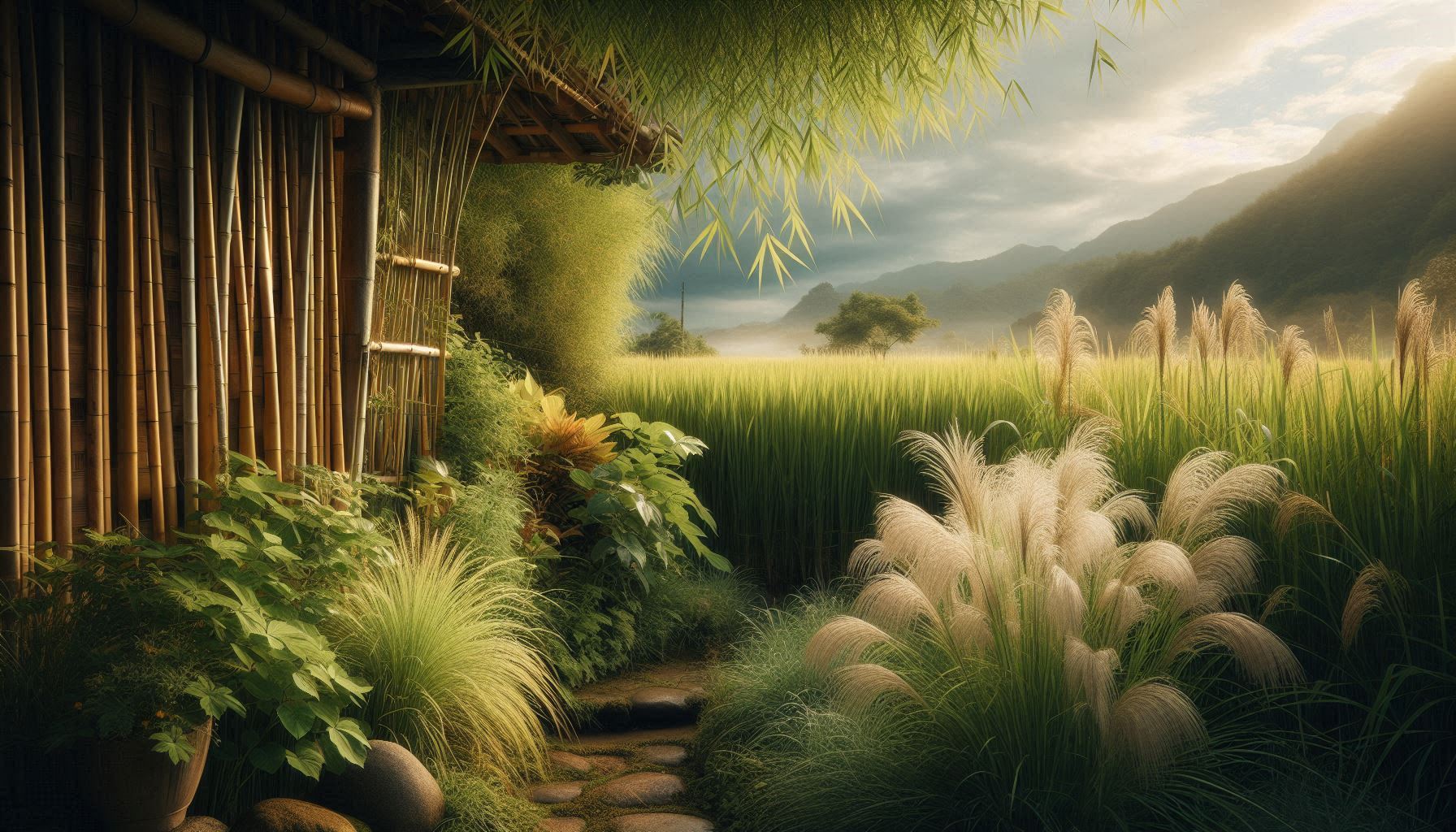While researching silicon, I came across plants in the Grass family. Organisms that take in a lot of silicon include algae called diatoms and plants in the Grass family. Diatoms are quite small, less than 1mm in length, but they have beautiful glassy shells made of silicon, and there are art books on diatoms. Additionally, plants that take in silicon seem to develop glassy cells called plant opals, and the plant opals of plants in the Grass family in particular are said to remain stable in the soil for long periods of time. They are also sometimes called plant jewels.
Grasses seem to be a relatively new evolutionary group, and they have some notable properties: they take in a lot of silicon, their growing point is at the base rather than the tip so that even if they are eaten they grow back from the base, and they have a unique function for repairing DNA damaged by ultraviolet light, etc. The use of silicon may also be a relatively new thing.
https://www.tohoku.ac.jp/japanese/2024/02/press20240227-01-ine.html
Most grains are seeds from the grass and legume families, and most pasture grasses are also grasses from the grass and legume families. It seems that it is almost entirely human beings who benefit from this, which is amazing. Nitrogen is important for different plants, and it seems that legumes fix nitrogen by symbiotically living with rhizobia in the nodules of the roots, while grasses fix nitrogen by symbiotically living with nitrogen-fixing bacteria near the roots. Furthermore, grasses fix nitrogen by symbiotically living within their bodies with nitrogen-fixing bacteria called nitrogen-fixing endophytes. It’s an incredible way to incorporate nitrogen.
https://www.jircas.go.jp/ja/publication/research_results/2004_11
The Gramineae family includes rice, wheat, barley, millet, foxtail millet, millet, and corn, so many of them are familiar to humans, but they also seem to include sugar cane and bamboo. Bamboo also has a very strong structure due to the silicon it absorbs, and is said to have the minimum material and maximum strength. Other plants that belong to the Gramineae family include reeds and silver grass, and reeds increase soil bacteria, while silver grass improves wasteland.
https://www.ffpri.affrc.go.jp/snap/2024/11-susuki.html
Among them, corn seems to be a mysterious plant. Corn kernels are covered in husks and do not drop their seeds, and even if the husks are peeled off, they do not fall off on their own. For a species to prosper, it is important to disperse the seeds, but corn’s ecology goes against this. It is still a mystery as to how such corn came into being. It is an essential part of human life, but it is a strange story.
https://shuchi.php.co.jp/article/5347
I researched the Gramineae family, and I wondered if there is any connection between the time when Gramineae plants started to take in silicon and the birth of humankind. Gramineae are amazing. Symbiosis on Earth is amazing.


